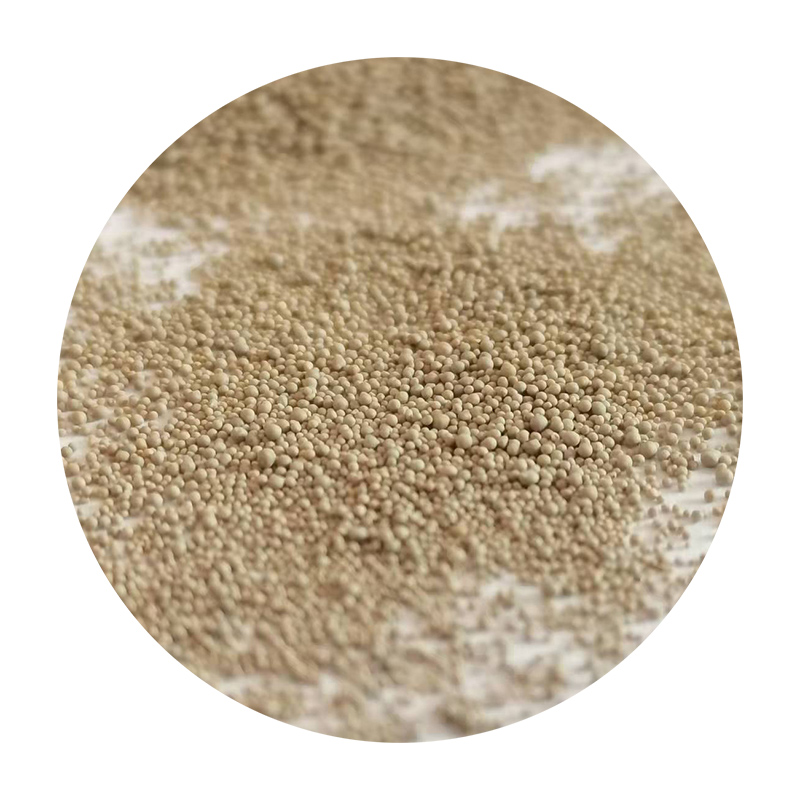Sand casting is a widely used manufacturing process that allows for the creation of complex metal parts and components. It involves pouring molten metal into a sand mold to produce the desired shape. One common question that potential users of this method often ask is How much does sand casting cost? Understanding the costs associated with sand casting can help manufacturers and hobbyists alike make informed decisions.
The cost of sand casting can vary significantly depending on several factors. Firstly, the design complexity of the part being produced plays a crucial role. Intricate designs that require detailed molds may incur higher costs due to the increased time and resources needed for mold creation. Conversely, simpler designs may be more economical, requiring less material and labor.
Another key factor impacting cost is the quantity of parts being produced. Sand casting is particularly cost-effective for medium to large production runs. For small quantities or single pieces, fixed costs such as mold creation can constitute a larger portion of the total expense, making it less economical. Volume can lead to economies of scale; therefore, producing a larger batch can reduce the per-piece cost significantly.
Materials also contribute to the overall cost of sand casting. The type of metal used—such as aluminum, iron, or bronze—can impact pricing, as some materials are more expensive than others. Additionally, the quality and type of sand used for the molds can affect costs, with finer sands typically being more costly than coarser varieties.
how much does sand casting cost

Labor costs are another aspect to consider. Skilled labor is required for mold making, pouring molten metal, and finishing processes. The complexity of the part, as previously mentioned, will also determine the time and skill level required, thus affecting labor costs. In regions with high labor costs, these expenses can be significant.
Finally, overhead costs including facility expenses, maintenance of equipment, and utility costs will also influence the overall price of sand casting
. Companies often balance these factors to provide competitive pricing while ensuring quality output.In summary, the cost of sand casting is influenced by numerous factors including design complexity, quantity produced, materials used, labor costs, and overhead expenses. While it can be a cost-effective solution for many manufacturing needs, potential users should carefully assess their requirements and consult with foundries to obtain quotes tailored to specific projects. By understanding these variables, businesses can better navigate the costs associated with sand casting and optimize their production processes.
Post time:Dàmh . 04, 2024 08:32
Next:Υψηλό όγκο χυτής άμμου για βιομηχανικές εφαρμογές και καινοτομία σχεδίασης
